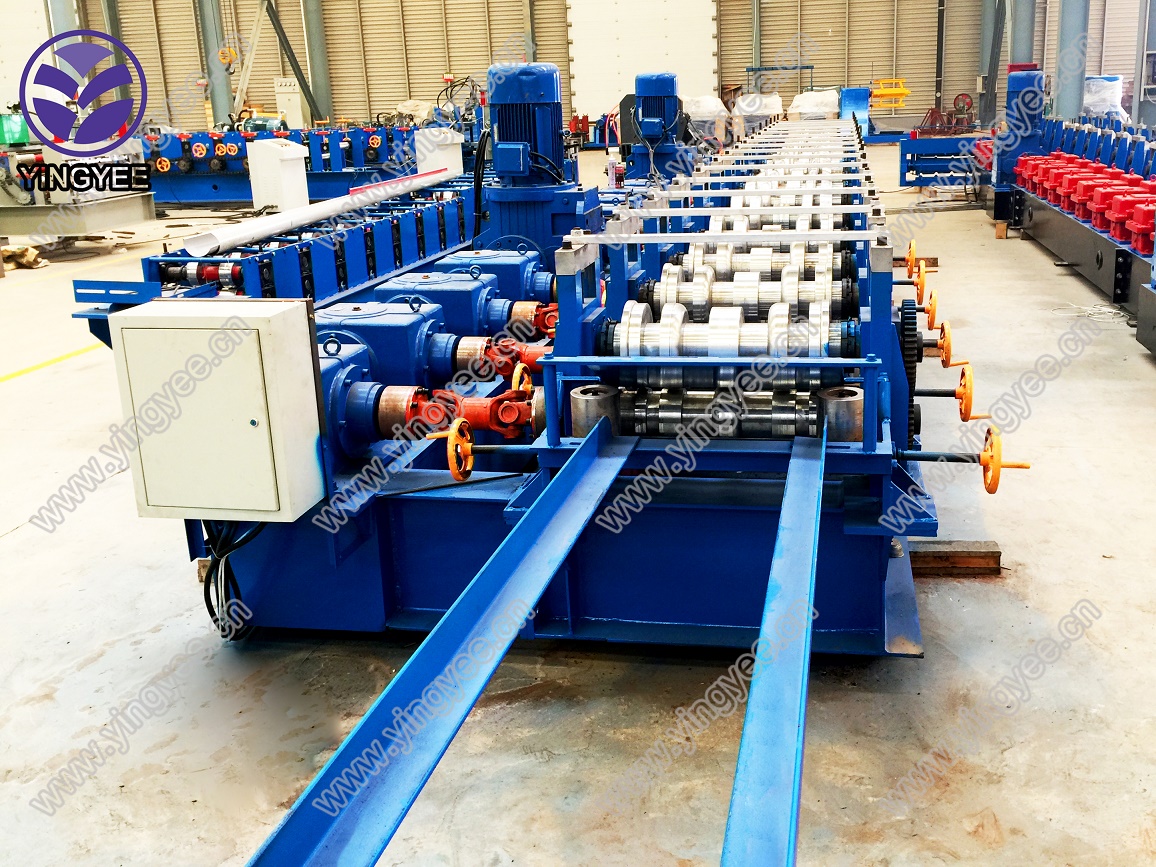
The Role and Importance of Plate Bending Machines in Modern Manufacturing
In the ever-evolving landscape of manufacturing, the methods and technologies involved play a pivotal role in determining efficiency, precision, and output quality. One of the key machines facilitating these processes is the plate bending machine. Designed for the purpose of bending various types of plates, these machines have become indispensable in industries ranging from shipbuilding to construction and beyond.
Understanding Plate Bending Machines
A plate bending machine, also known as a plate roll, is a piece of equipment that allows for the bending of metal plates into cylindrical or conical shapes. These machines can handle a range of materials, including aluminum, steel, and other alloys, and are engineered to accommodate different plate thicknesses and widths.
Typically, a plate bending machine consists of three main rollers the top roller, which exerts downward pressure to initiate the bending process, and two lower rollers, which provide support and help shape the plate as it is manipulated. The process of bending involves carefully managing the pressure applied to ensure that the final product meets the required specifications without compromising the integrity of the material.
Applications in Various Industries
The versatility of plate bending machines allows them to be utilized in a variety of industries
. In the shipbuilding industry, for instance, they are used to create the hulls of ships, where large metal sheets need to be bent into specific shapes for structure and buoyancy. In construction, these machines are essential for creating curved components in steel frameworks that form the aesthetic and structural basis for modern buildings.Additionally, the energy sector relies heavily on plate bending machines for fabricating components like pressure vessels and heat exchangers. These components often require intricate bends to fit together correctly and operate safely under high pressures or temperatures.

Efficiency and Technological Advancements
Modern plate bending machines have seen significant advancements in technology, making them more efficient, precise, and user-friendly. With the integration of CNC (Computer Numerical Control) technology, manufacturers can achieve higher precision in their bending processes. CNC plate bending machines can be programmed to execute complex bending patterns with exceptional accuracy, reducing waste and material costs.
These technological improvements also enhance productivity. Operators can now input specific measurements and requirements directly into the machine’s computer, allowing for a swift setup and the ability to quickly switch between different projects. This adaptability is particularly beneficial in environments where small-batch production is common.
Environmental Considerations
As industries worldwide increasingly focus on sustainability, plate bending machines are also evolving to meet these demands. Newer models are designed to minimize energy consumption while maximizing output quality. Furthermore, manufacturers are adopting more eco-friendly practices, such as recycling scrap metal produced during the bending process, which helps reduce waste and contributes to a circular economy.
Conclusion
Plate bending machines represent a critical component of modern manufacturing processes across a variety of industries. Their ability to convert flat sheets of metal into precise, complex shapes enhances the capabilities of manufacturers in constructing high-quality products efficiently. As technology continues to advance, these machines will likely become even more effective, further solidifying their importance in the global manufacturing landscape.
In summary, whether it be for shipbuilding, construction, or energy production, the role of plate bending machines cannot be overstated. They stand at the intersection of innovation and efficiency, ensuring that manufacturers can meet the demands of a rapidly changing world while maintaining high standards of performance and sustainability. As the industry progresses, so too will the capabilities of plate bending machines, shaping the future of manufacturing for years to come.